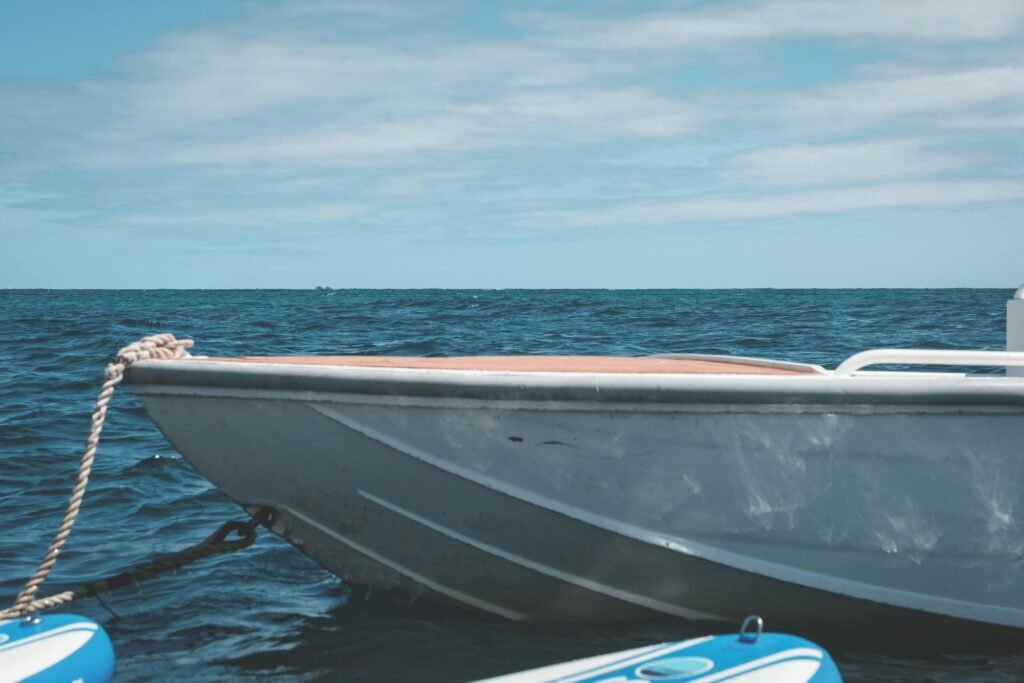Sailing on the sea on a yacht or riding the waves on a sailboat cannot be without music. However, it is not easy for a charming sound system to overcome the ocean climate and accompany us through the four seasons, the South China Sea, and the Northern Ocean. Whether at sea or ashore, these devices face a variety of problems.
Through a true understanding of the usage environment, we can ensure that every step of the product is rigorously designed and rigorously tested in real application environments. Genuine marine audio systems must pass the following rigorous tests before leaving the factory to prove that they can be used in harsh marine environments for a long time.

1) Humidity and salt spray test
The real risks to electronics in high-humidity marine environments are corrosion and mechanical failure. If marine electronics are exposed to salt spray and moisture without good protective measures, even a short period of time can lead to overall failure.
Therefore, specialized instruments and venues are needed to simulate extreme marine environments. All products must be tested under these conditions before leaving the factory. Some products are even tested continuously for more than 500 hours, pushing quality to the extreme.
2) Vibration and impact test
The purpose of vibration testing is to ensure that the product is suitable for jumping environments and severe impacts, and can survive bumpy or stormy environments without any physical damage or degradation, which is also critical to the service life of electronic products.
Before a true marine audio system leaves the factory, it must be rigorously tested in a controlled environment simulating these conditions to ensure that each product has acceptable shock and vibration resistance quality not just for one season, but throughout its entire life cycle.
3) High temperature and ultraviolet testing
The harsh marine climate is also reflected in the large temperature difference between day and night above the ocean, the large seasonal changes, and the strong ultraviolet radiation.
As a navigation and entertainment system, its performance must withstand such a test and remain unchanged without any physical changes.
Therefore, the navigation audio system must pass the test of operating temperature (-5℃-55℃) and storage temperature (-20℃-70℃), as well as UVA (long-wave ultraviolet) test UVB (medium-wave ultraviolet) for 200 hours before leaving the factory. , ensuring that the product can still work properly in extreme environments.
4) Interface protection (waterproof, dustproof) test
Waterproof certification is an important factor in whether a product meets marine-grade requirements and in terms of product durability. Generally speaking, the waterproof level of marine audio should not be lower than IPX5.

